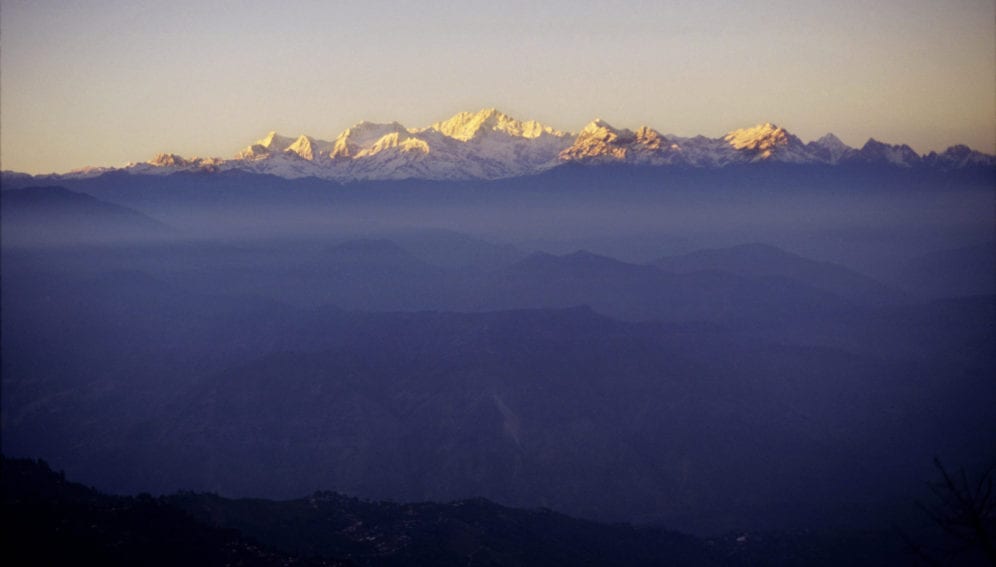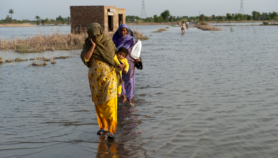By: Athar Parvaiz
Send to a friend
The details you provide on this page will not be used to send unsolicited email, and will not be sold to a 3rd party. See privacy policy.
[KATHMANDU] Knowledge and data gaps hamper a proper understanding of the Himalayan glaciers and the impact of climate change in the upper Indus basin, scientists agreed at a conference organised by the International Centre for Integrated Mountain Development (ICIMOD) in Kathmandu, in February.
Commenting on presentations made at the conference (16—19 February) estimating climate change impacts on the glaciers and predicting future trends, Hayley Fowler, professor at the Newcastle University, UK, said: “I am afraid, there are not enough details in the presentations that we had (at the conference). I think people need to be careful about what they say.”
“I think most of you would agree with me that validation of prevailing climate models becomes questionable when we are not in a position to reproduce weather systems and monsoon in the high altitudes of the Himalayas,” Fowler said.
Matthias Winiger, emeritus professor at Bonn University, said that it is yet unknown how rainfall, snow and temperature are linked to each other in impacting glaciers. “How much ice is caught up there? How much is dynamic — meaning how much of it is getting accumulated and how much is getting melted away — needs to be evaluated through proper scientific models,” he said.
“Some scientific studies say that over the last 100 years there has been a five degree increase in average temperature and a little decrease in rainfall, but we are yet to come out with a detailed study as to how it is impacting the glaciers,” Winiger said.
Tobias Bolch, glaciologist at the University of Zurich, said that research on Himalayan glaciers that have been studied is scanty, while no research has been done on more than 80 per cent of the glaciers. “The bulk of the glaciers in Himalayas are yet to be studied in detail,” he said.Shakil Romshoo, who heads the earth sciences department at Kashmir University, tells SciDev.Net that scarcity of data and dynamic modelling were major challenges which stand in the way of studying the glaciers and climate change impacts. “Such constraints do not allow us to make scientific estimates as to how the future climate change will affect the water resources of Indus basin,” he said.
Romshoo said the Indian state of Jammu and Kashmir alone had 16,000 glaciers, but very few of them have been studied.
With 833,788 square kilometres of drainage area, the Indus basin in Himalayas is one of the major river basins of the world. The basin features trans-boundary rivers running through Afghanistan, China, India and Pakistan.
The Indus river, which originates in Mount Kailash on the Tibetan Plateau, passes through the Greater Himalayas and the Karakoram mountain ranges. The river caters to the needs of an estimated 237 million people, a figure projected to increase to 319 million by 2025.
This piece was produced by SciDev.Net’s South Asia desk.














